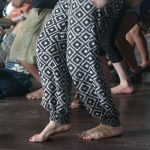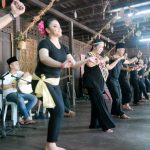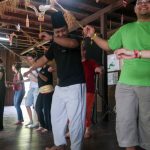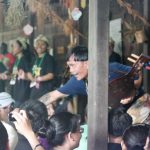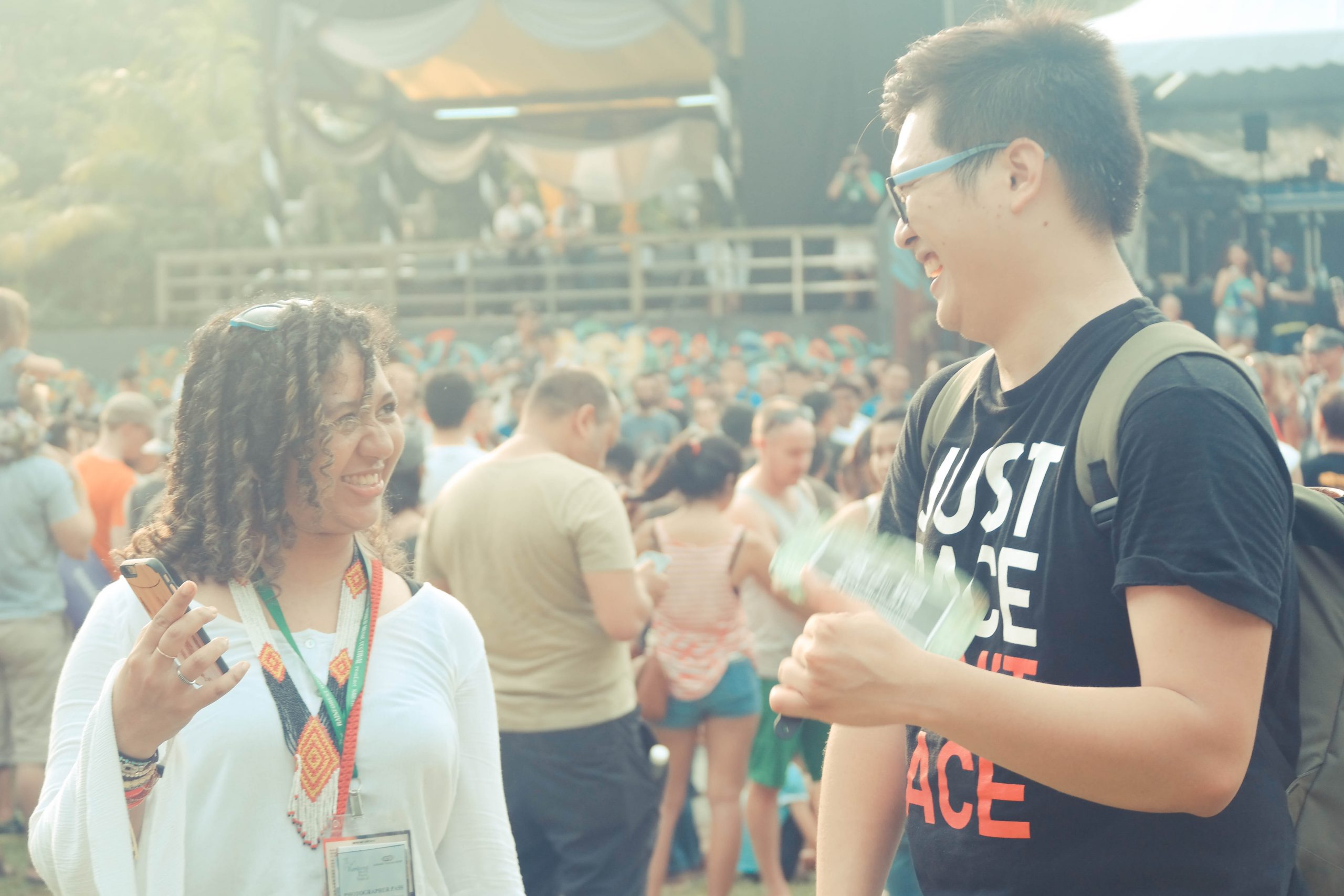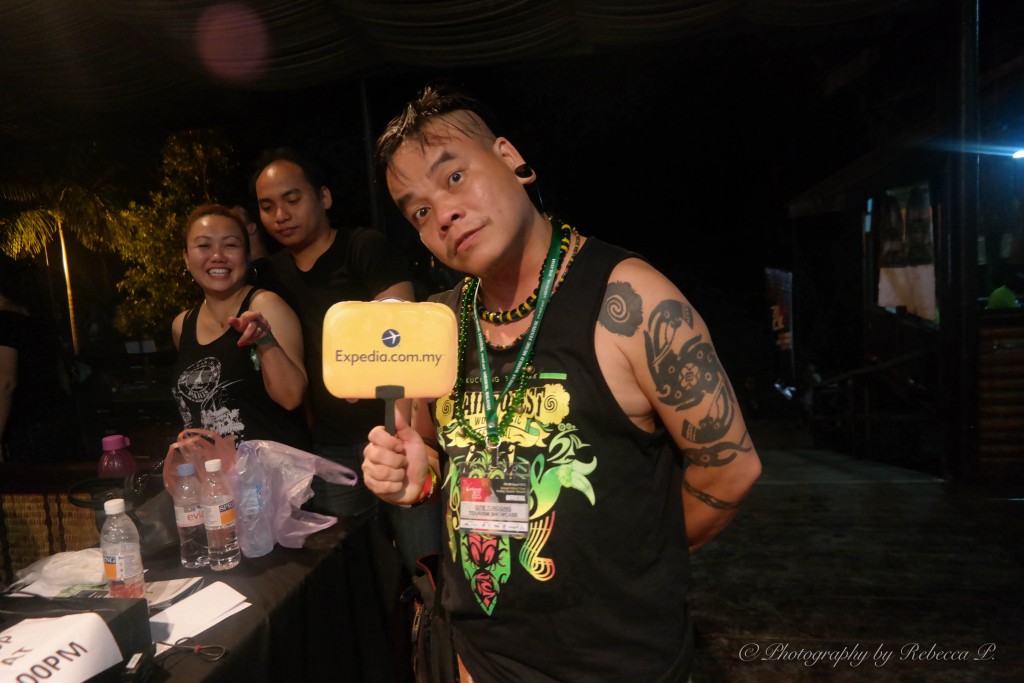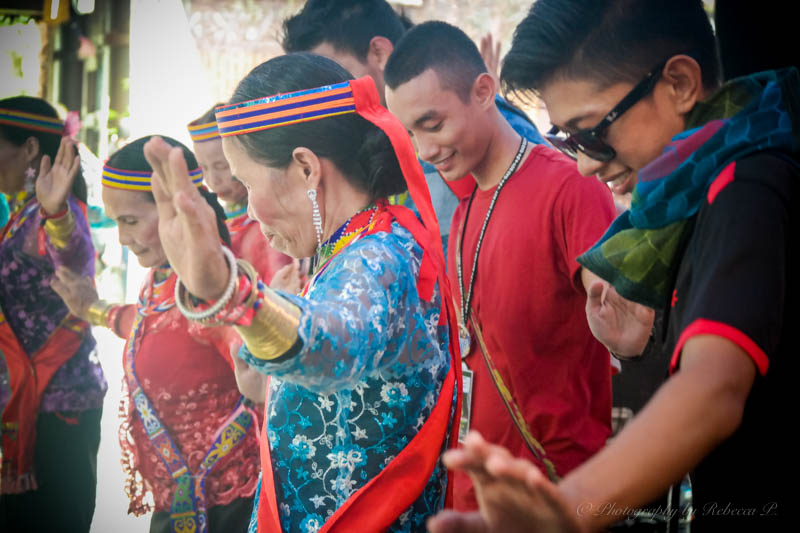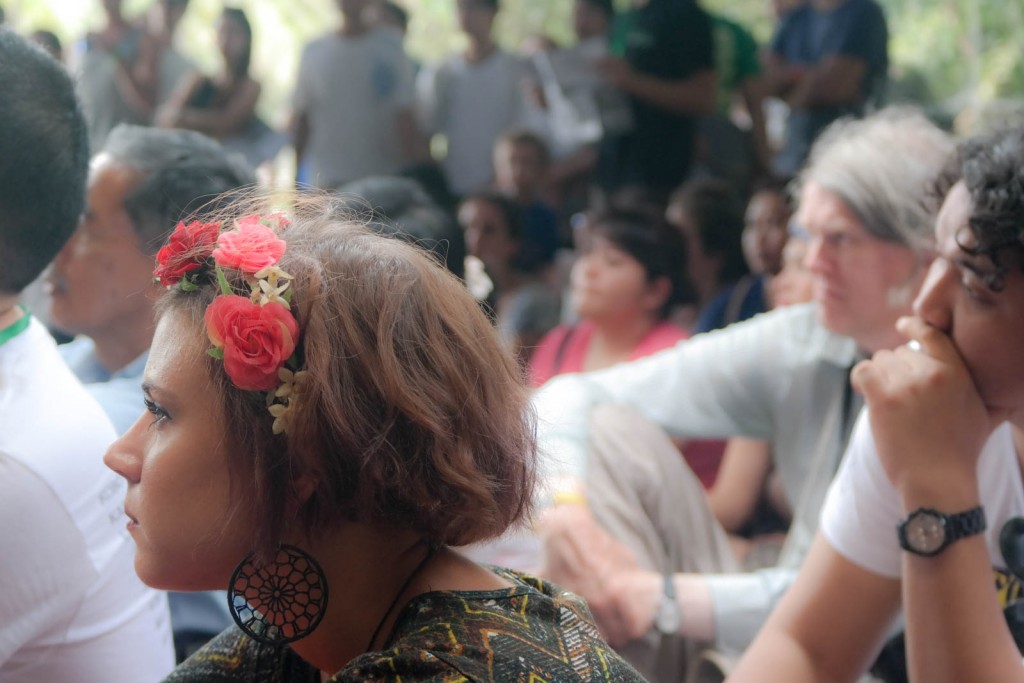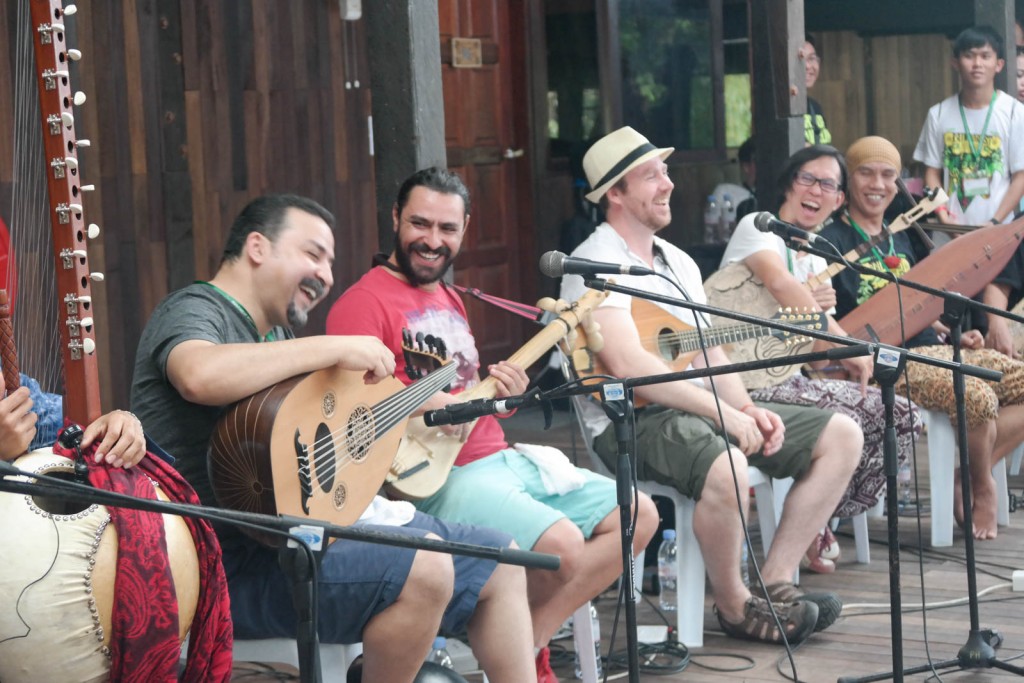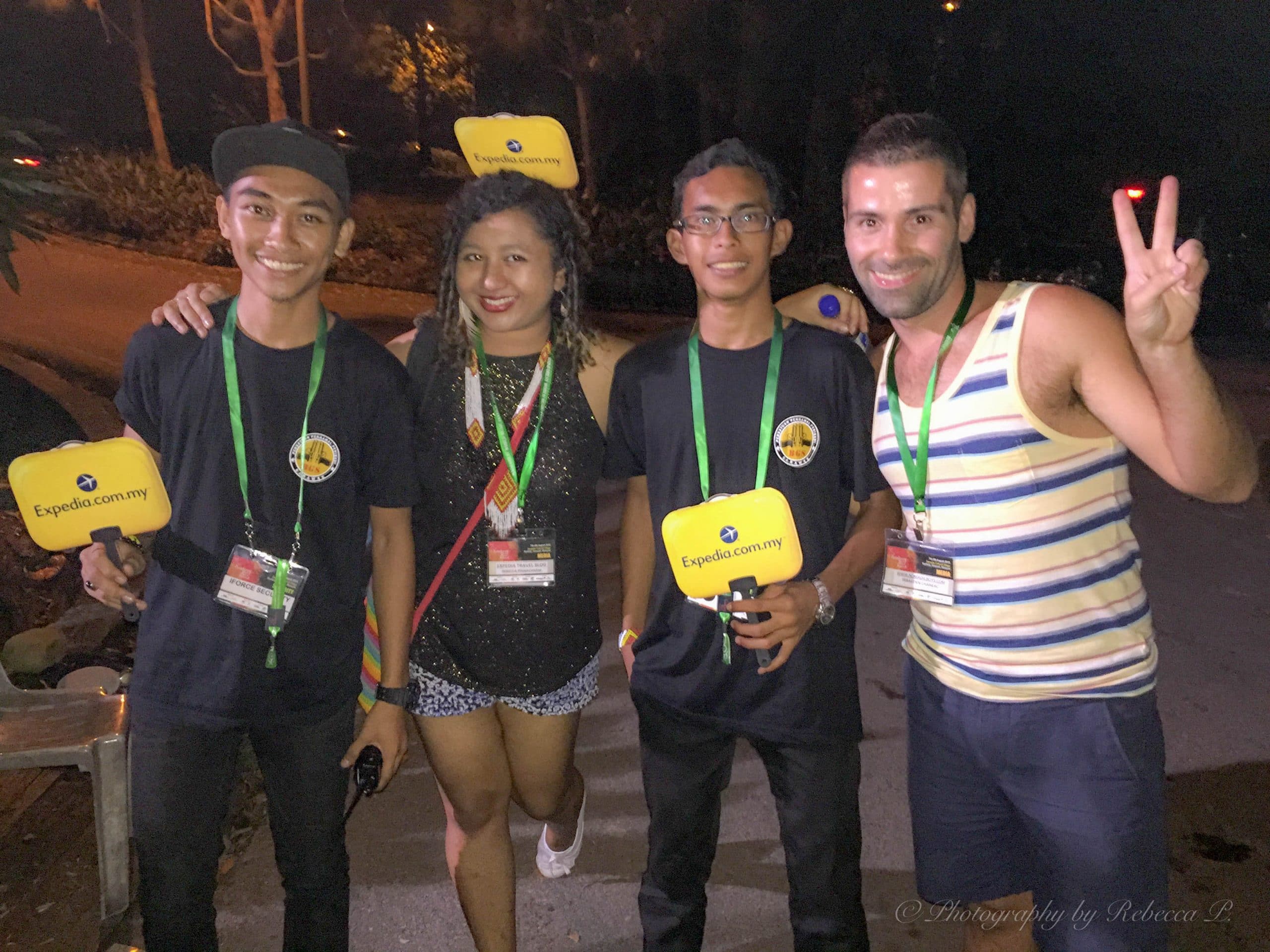Dancing in a Sarawak Rainforest to World Music
Haunting voices carrying through the trees. Indigenous structures set against the background of mighty Mount Santubong reaching up into the clouds. Rhythmic drum beats moving the feverish crowd. Vibrations from stringed instruments accompanied by the lively shake-shake of maracas, percussions and lots of rare traditional instruments I’d never heard of.
Attending the Rainforest World Music Festival 2015 in Sarawak was nothing short of amazing.
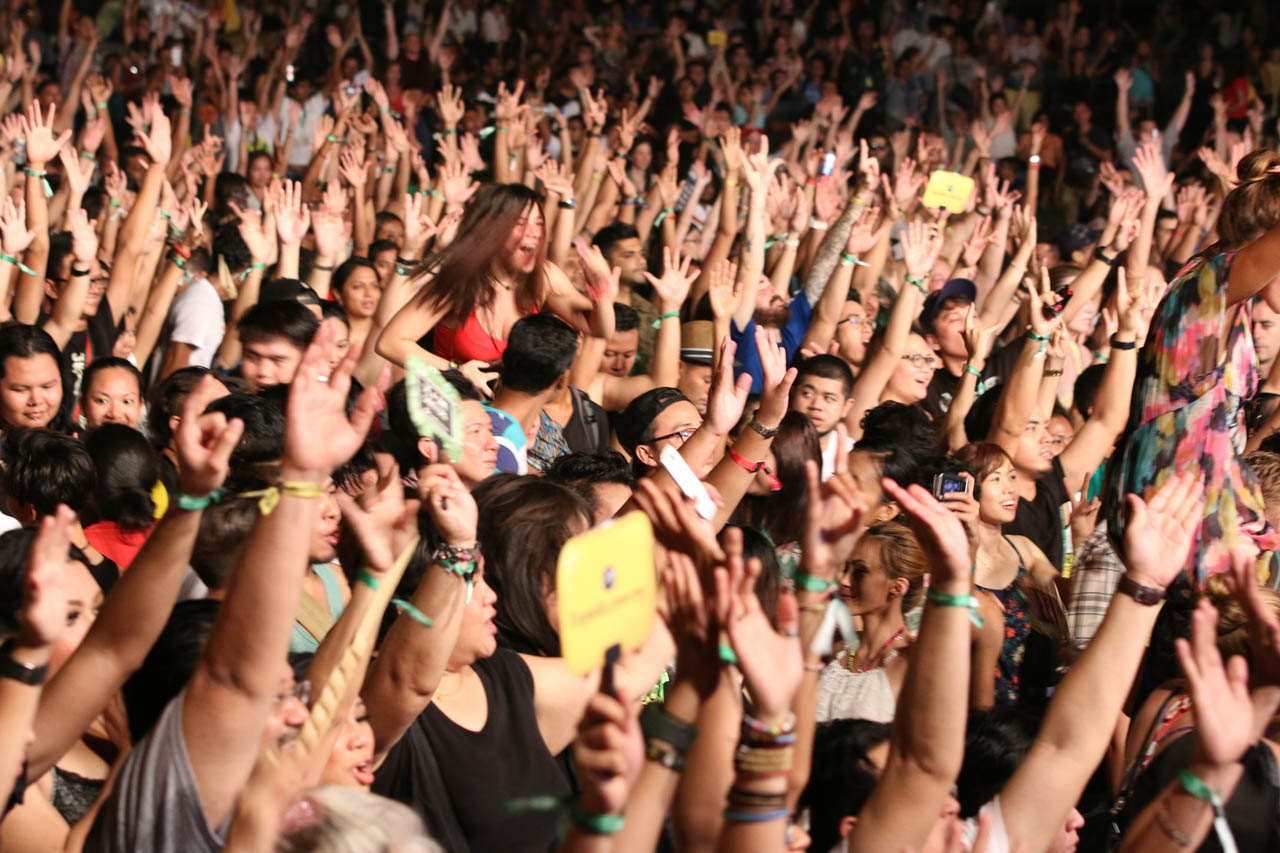
The Rainforest World Music Festival
What Happens During the 3-Day Festival?
Highlights: My Favourite Performers
About the Location: Kuching, Sarawak
Sarawak Rainforest World Music Festival
The Sarawak Rainforest World Music Festival has been running for 18 years and is considered to be among the best music festivals in the world. It features ‘World Music’ which is not just a reference to the international line-up, but more to do with the musical genre that involves largely traditional styles of music and instruments, rich with ethno cultural signifance.
Set in the Borneon rainforest, the atmosphere on the festival grounds within the Sarawak Cultural Village is pretty astounding and couldn’t be any more authentic. Yes, you are actually in a tropical rainforest. Within the cultural village you will find Iban longhouses, Bidayuh baruk, Penan huts and several more authentic structures. The setting is a great way to walk in the footsteps of the native people and see how and where they actually lived.
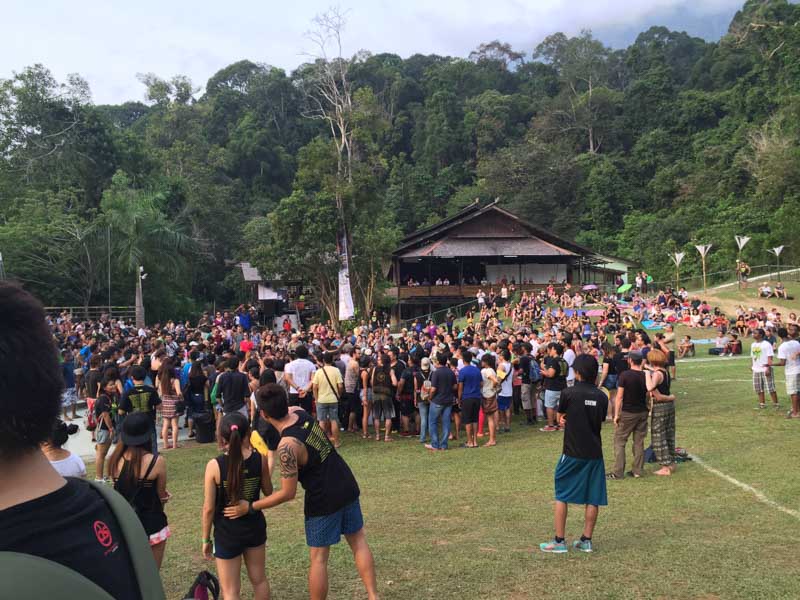
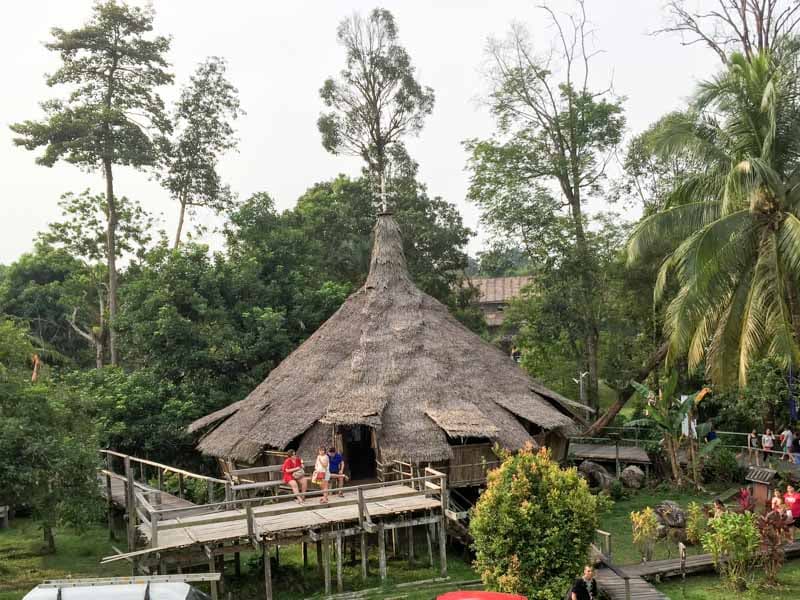
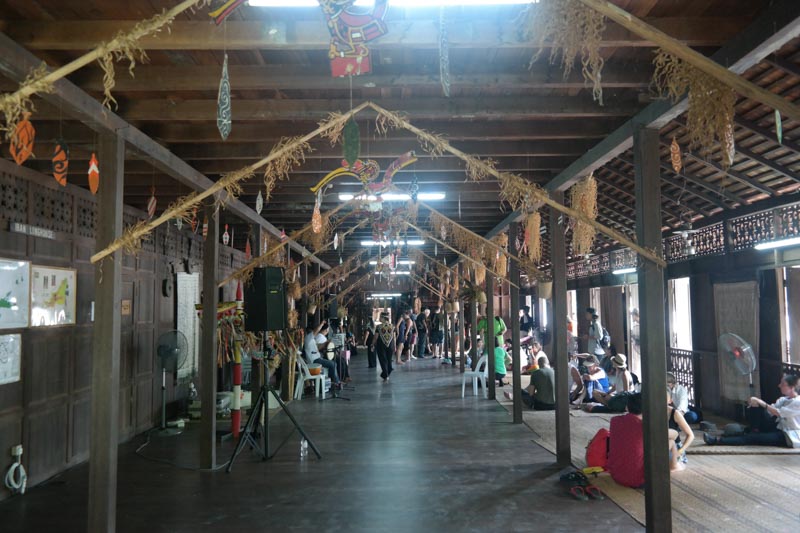
Add to that the truly talented performers who take such pride in breathing new life into fading traditions of their culture, and you’ve got yourself a truly unique experience that stays with you.
The Sarawak Tourism Board who have organized the festival, also go to great lengths to set up top notch sound systems so when you’re watching performers on stage in the middle of the forest, you get the full impact of the music.
This is no MTV. The music is stripped down – clear voices and pure sounds from old-fashioned instruments. Nothing cookie-cutter here either. It’s particularly fascinating to hear how differently sounds developed in different tribes and regions. And the festival does a great job of exhibiting that.
Really Good Fun!
Going in to this festival, I wasn’t quite sure what to expect. But after experiencing it, I must say I am completely impressed.

I was blown away by the music I heard, the cultural knowledge I gained and the fact that I got to enjoy all this in an actual rainforest. To be honest, I thought the daytime workshops would be little half-beat things to pass the time. Absolutely not. The workshops are probably the best part of the festival!
Plus, the crowd was very lively and enthusiastic without any sort of annoying chaos. Just to give you an idea, at one point during Culture Shot’s performance, the crowd broke out singing rasa sayang. It was awesome!
I can hardly wait for next year. Especially since the set of world musicians playing at the festival changes every year. But let’s not get ahead of ourselves. Here’s a lowdown of what happened at this year’s music festival.
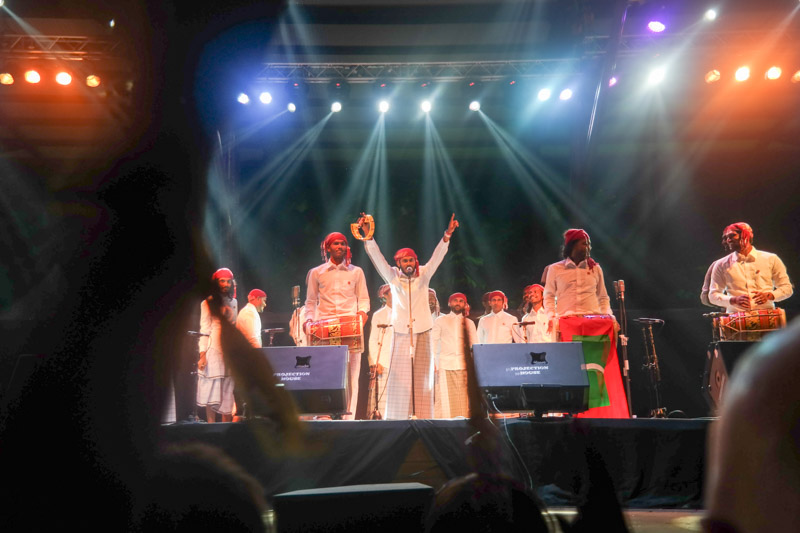
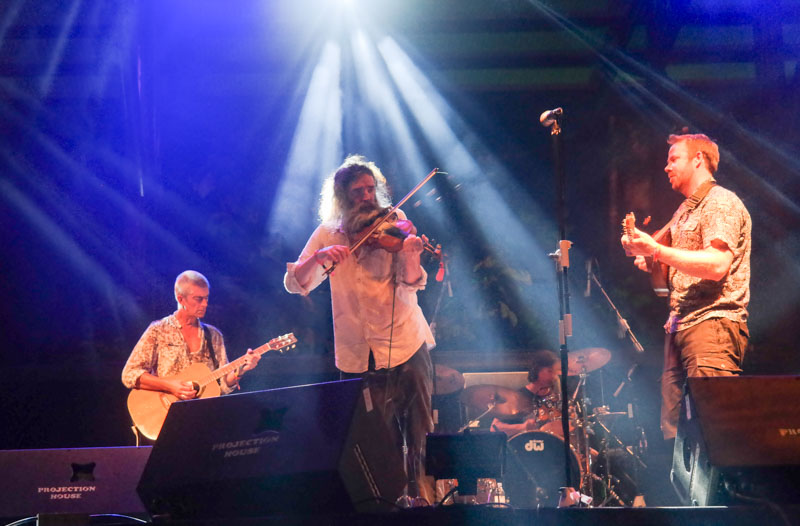
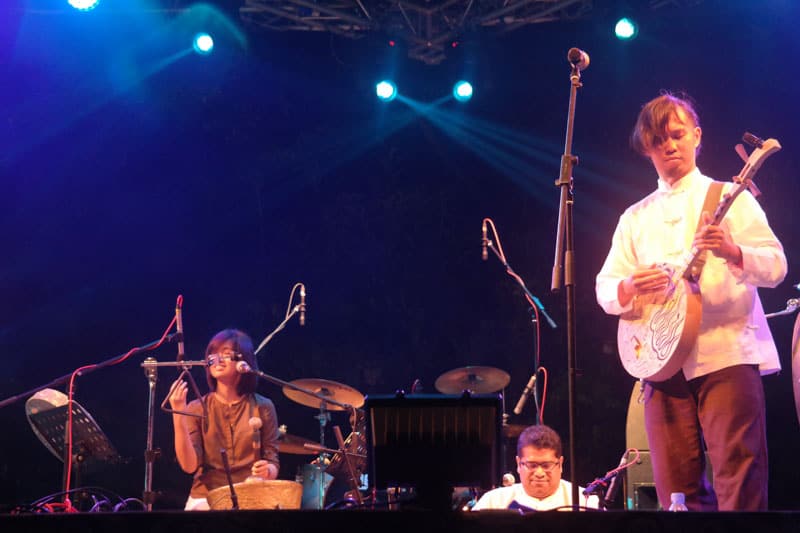
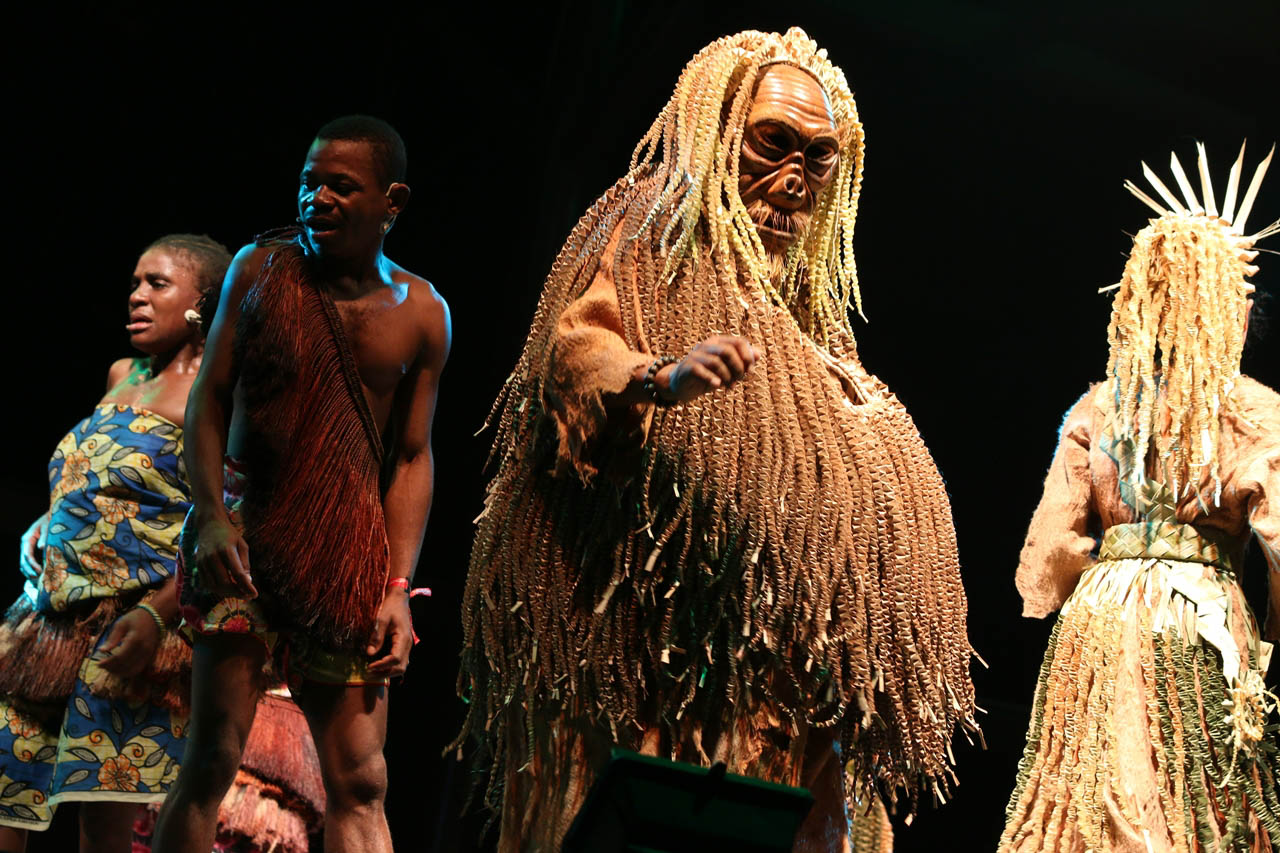
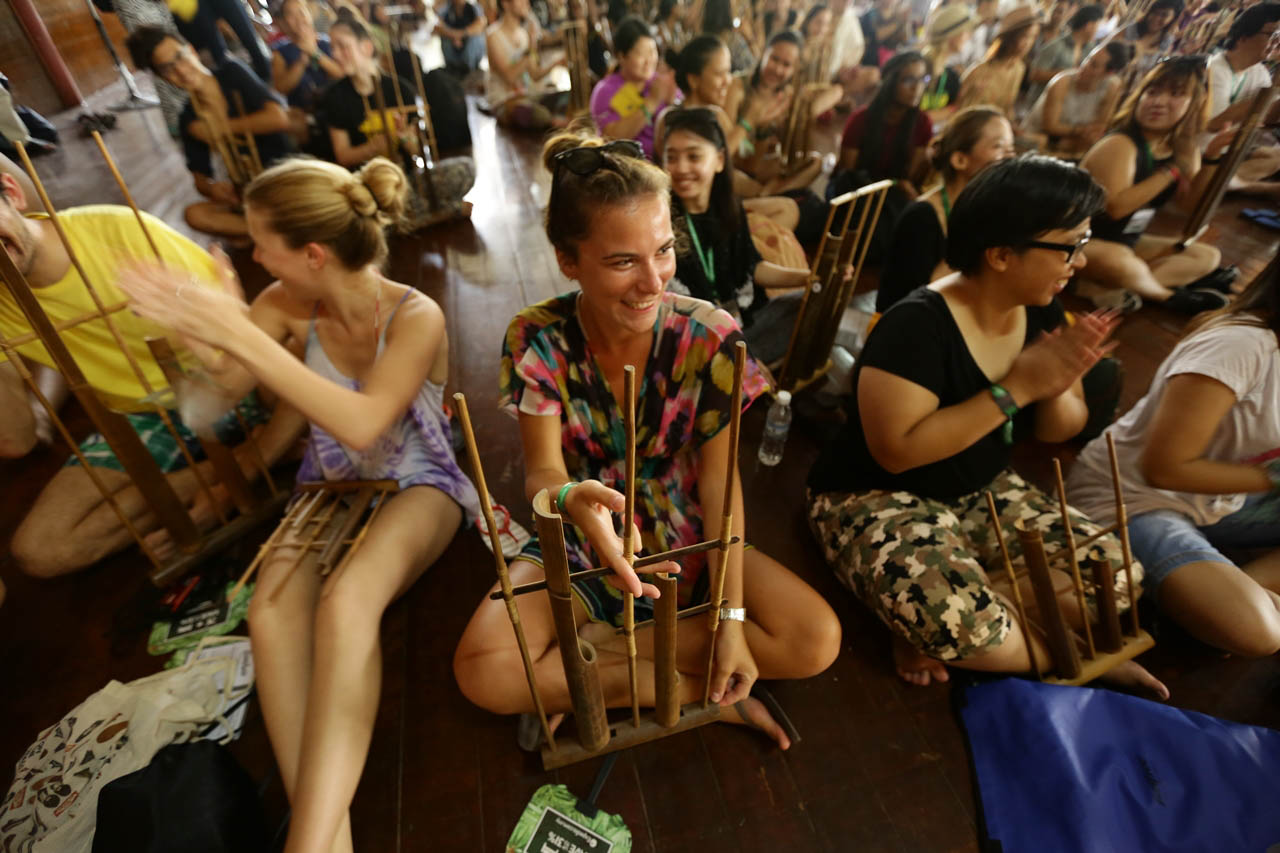
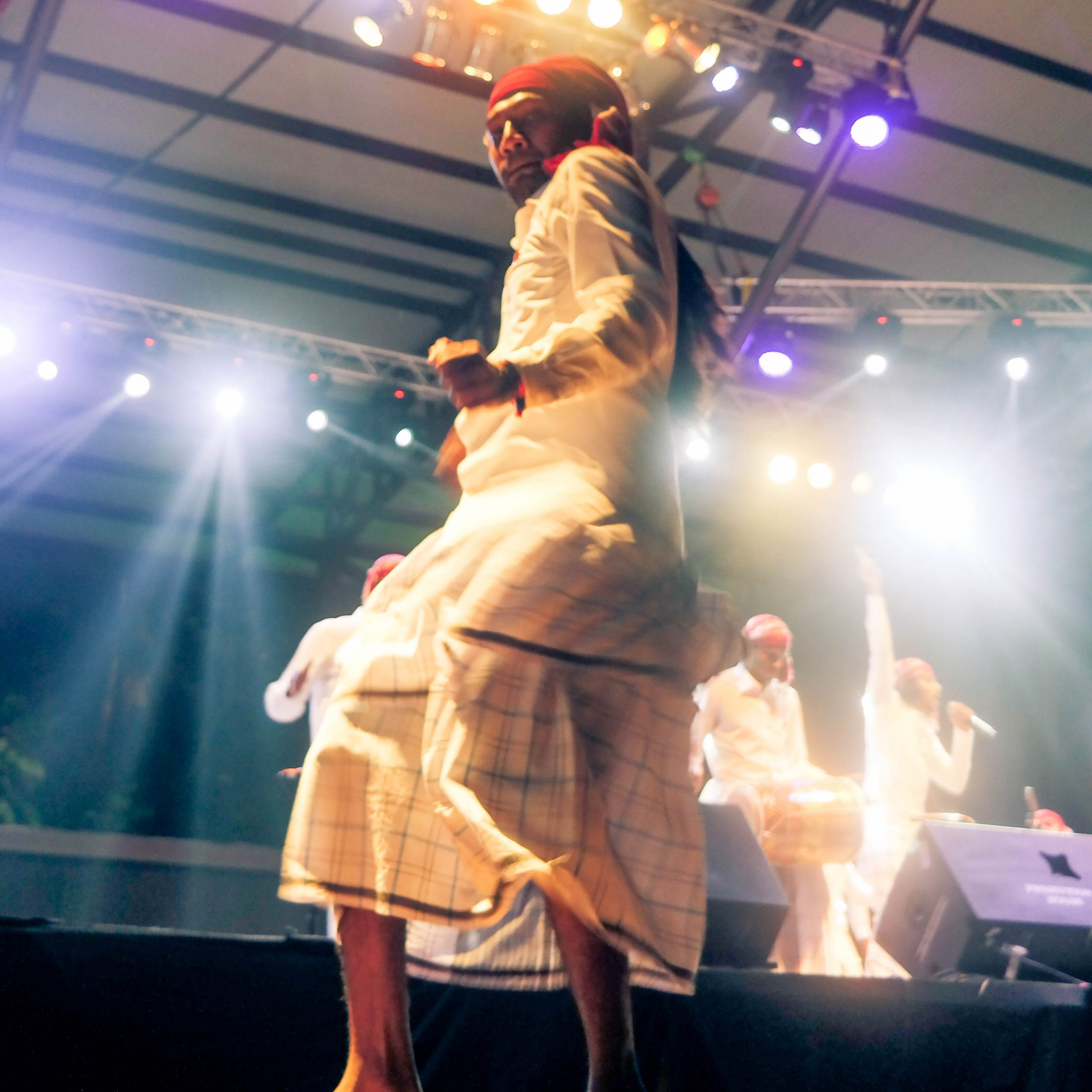
World Music Feels
>> For a list of performers, check out our previous post introducing RWMF 2015.
It was quite refreshing to go into a festival not having any familiarity with the sounds of the musicians. Everything was new for me. World Music is was not something on my casual-listening Spotify playlist. Yup, no chance of belting along lyrics like I’d proudly do at a Beyonce or RHCP concert. Surprisingly, this way was even more fun! Enjoying music for the music. I could listen ‘wide-eyed’ (or uhm, whatever the auditory version of that is called…).
That said, the musicians were all really good at getting the crowd involved. Whenever there were bits in their repertoire that had repetitive sounds, they invited the crowd to sing along. And sing they did!
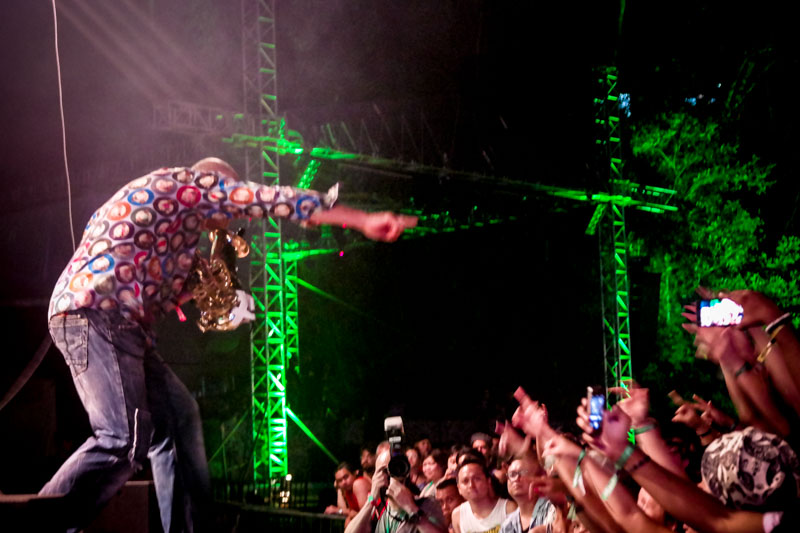
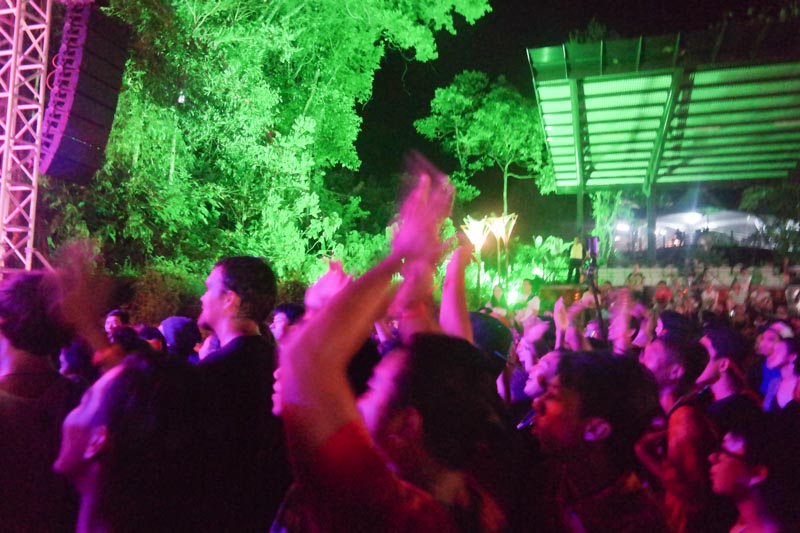
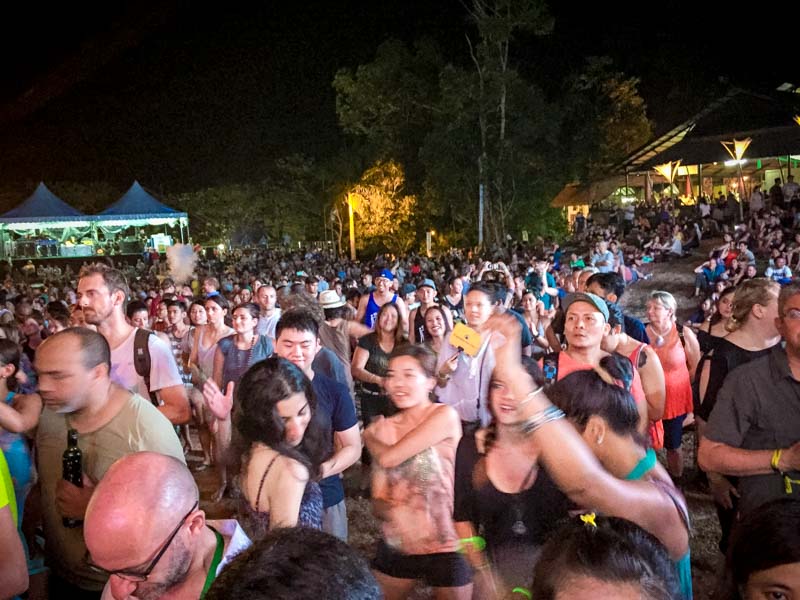
And behind the music there is of course a strong purpose. They may come from different parts of the world, but there was a resounding commonality in the message that all the world musicians brought with them. At a press conference, they spoke about their crafts, why they are so dedicated and the social change they wish to effect through music. Read more about that in our next post.
What Happens at the 3-day Festival?
2-5 pm: In the afternoons you sit on the floor of traditional Dayak structures like the Iban longhouse, attending fun workshops where you get up close with the performers. They teach you about their music, dance and culture. The highlight is often the collaboration – sometimes impromptu – between performers from different corners of the world bringing their own unique sound. 3 workshops run concurrently each hour. There are an amazing 33 workshops in total, and 6 workshops for children. Don’t skip these!
There are also a few performances in the afternoon, taking place inside the Theatre Stage.
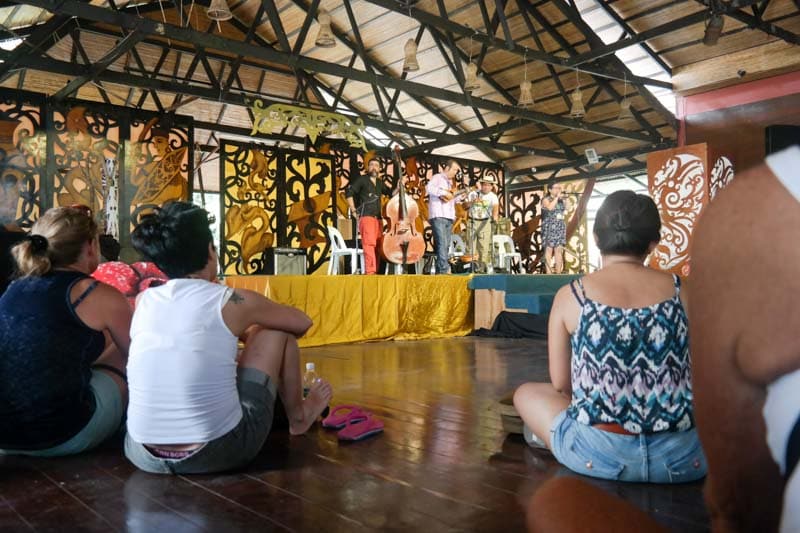
5pm: Then, to get in the mood for the party to come, at 5pm everyone is invited to join the massive drumcircle with 1Drum.org (Malaysia). So much spontaneous fun! The atmosphere now feels like a cross between a party in Brazil and an Indian bhangra party.
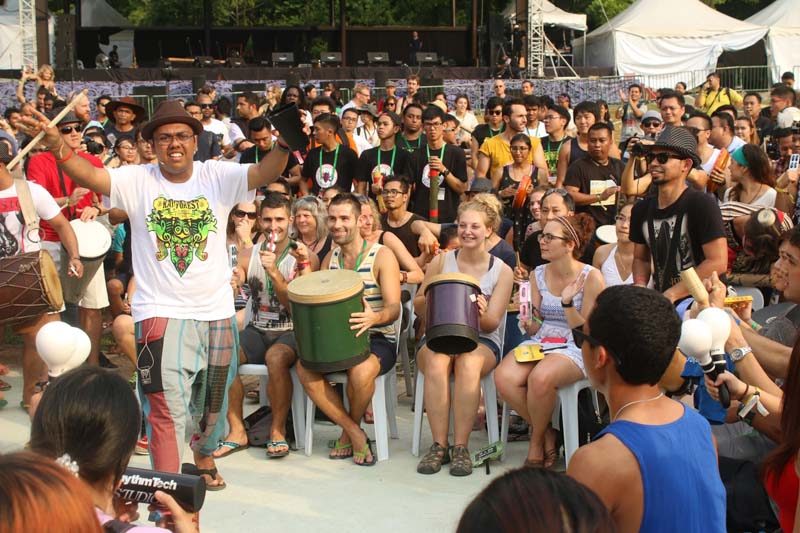
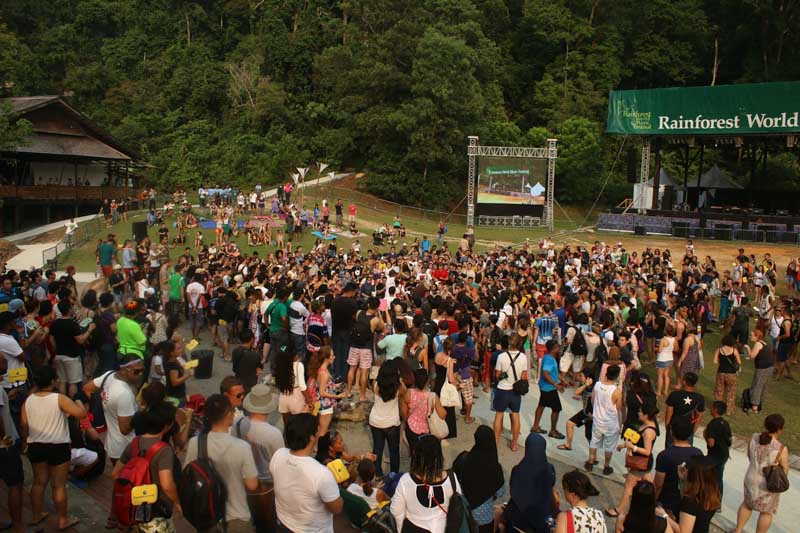
730pm – 1230am: Finally, in the evening the performers take to the Tree Stage or Jungle Stage and share the beautiful soulful music from their part of the globe. The crowd has plenty of room to dance and make merry. There are about 9 performances everyday – both music and dance. It is a rare and treasured opportunity to experience the sounds of peoples far away or remote cultures in Asia — like the Pygmies, a Taiwanese tribe, the isolated peoples of Tunisia and more.
African music is always a big draw at this world music festival, and this year Scottish favourites Shooglenifty also returned to play. Quite a range.
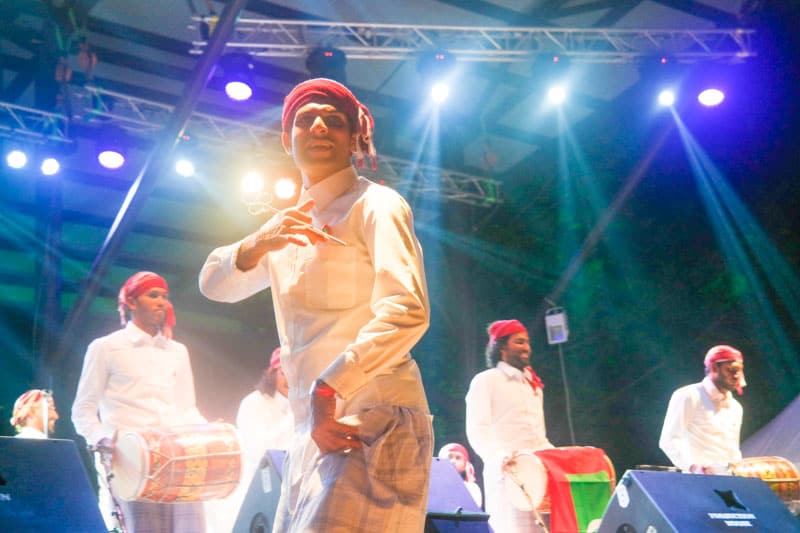
Food, Drinks & Survival
There’s plenty of food and drinks stalls around the festival grounds. There was grilled chicken, nasi served in carved bamboo, burgers, beer, wine, ice cream and… Starbucks. And KFC. And Coffee Bean. No kidding!
What’s extra cool about this year’s festival was the cashless payment. The top-up wristbands you get upon entry has a chip in it so you don’t need to carry money around. Just top it up at one of the counters at the start, then scan the band at the stall whenever you buy something. Cool seh!
Survival Kit: You’ll get really hot and sweaty. So…dress light; wear comfortable sneakers or slippers; bring mosquito repellent; a picnic mat or scarf to lay on the grass; a handfan; tissues; and a water spritzer is also a good idea to refresh yourself. Expedia Malaysia helped keep everyone cool this year with free handfans for all festival goears.
Amazing Performances: My Favourite Acts
The festival program is pretty packed so I couldn’t catch every single performance — a good problem to have!
Of the acts that I did see, these are 3 artists that I thought were absolutely outstanding! My favourite performers of the festival, if you will. I’ve included little snippets of their performances just to give you an idea, although I must add it doesn’t really do the live sound much justice.
1) Kobagi Kecak from Bali (Performance)
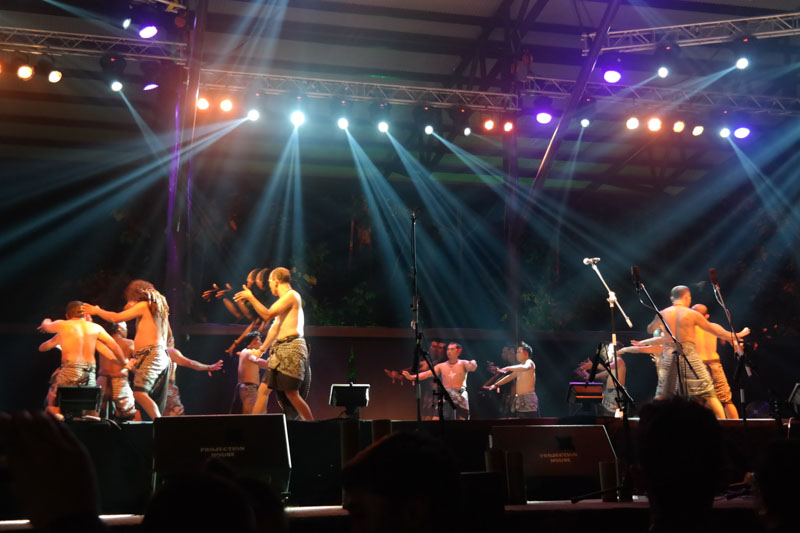
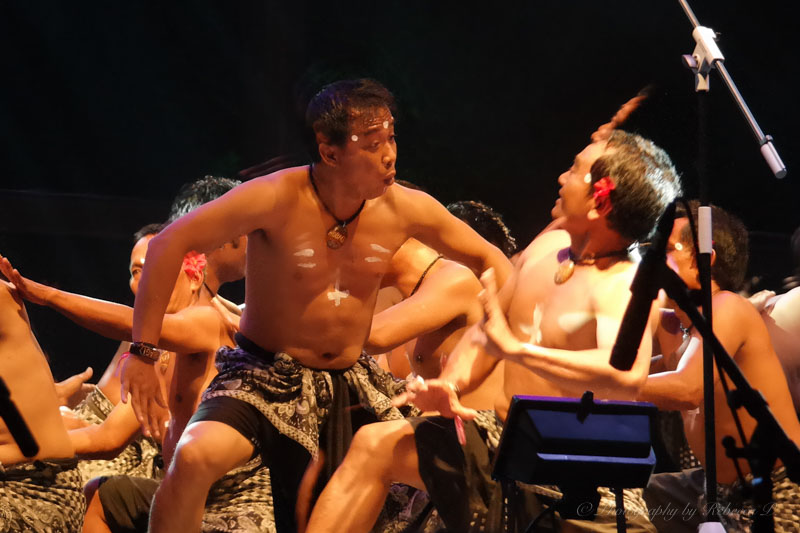
This was probably the most familiar of the performances lined up at the Rainforest World Music Festival 2015, coming from nearby Bali, Indonesia. But what’s interesting is how Kobagi (Komunitas Badan Gila) have created something new from the traditional Balinese dance. They worked with French musician Gregoire Gensse to put a contemporary spin on the kecak dance by adding body percussions – something unique to this group.
The end result? Totally fun! The vibrancy is taken up several notches with the fun beats made using the mouth, hands, legs, chest..
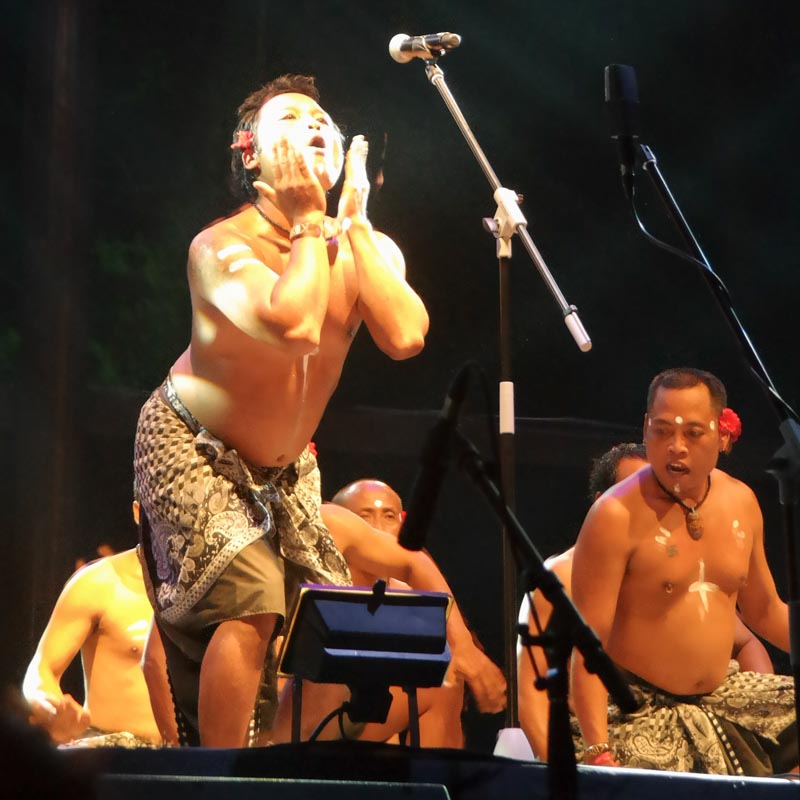
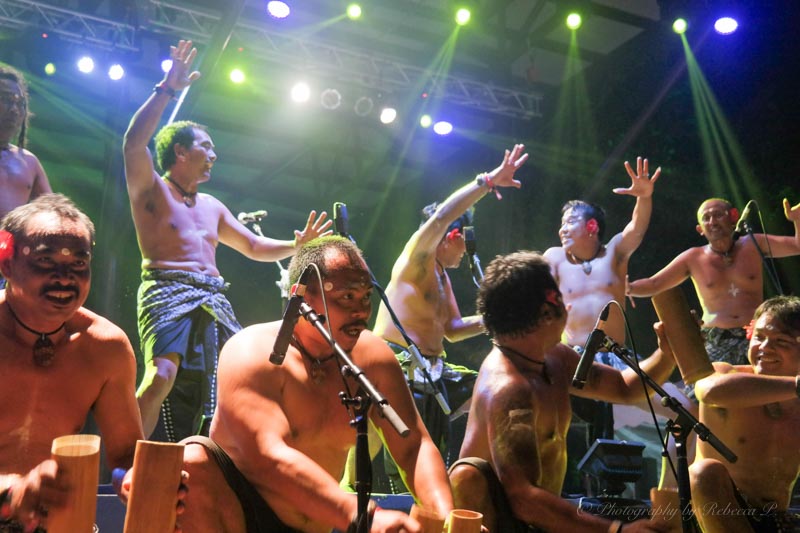
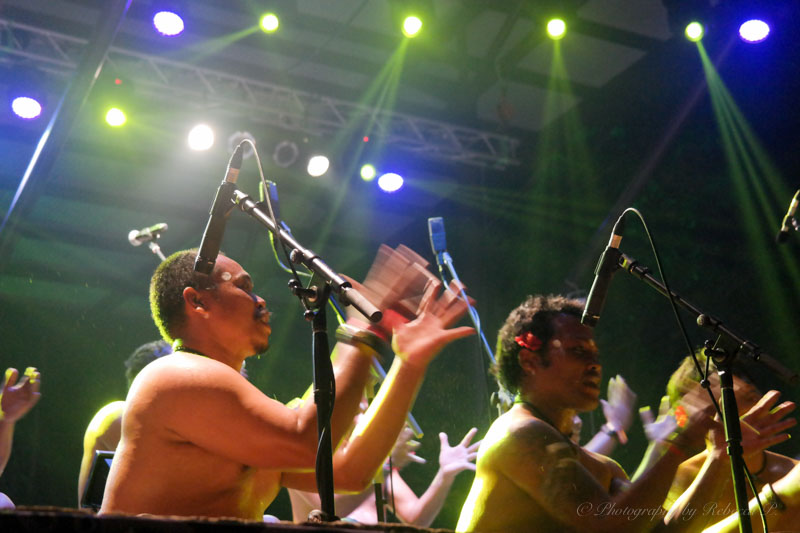
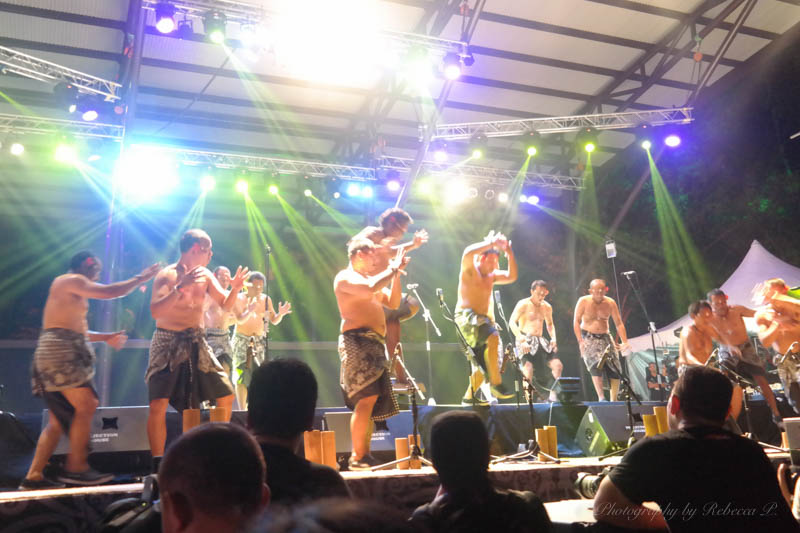
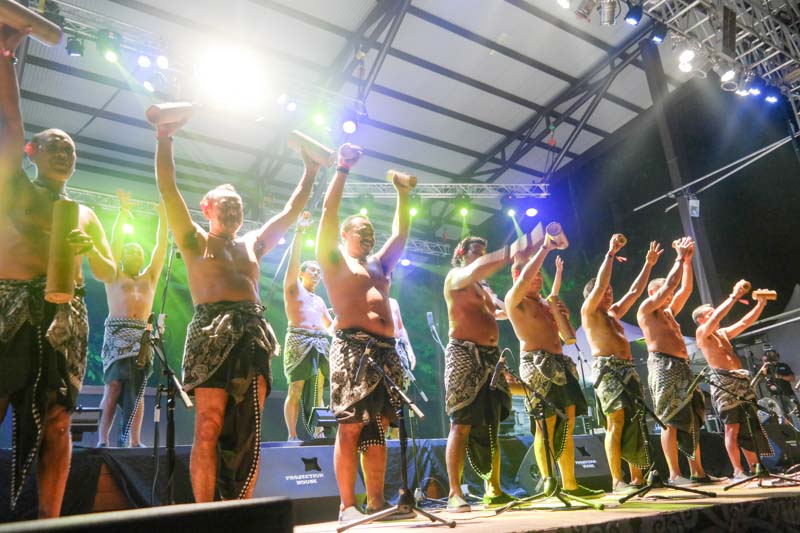
They crept onto the stage slowly with a quiet Balinese chant, escalated into big dance movements while making some remarkable sounds using their bodies. Kobagi incorporated fun moments and familiar beats into an otherwise serious, almost scary, danceform. Then they sat in a row at the front of the stage and made more amazing music, this time with instruments and big smiles on their faces.
These guys looked like they were having SO much fun. I loved it!
2) Sona Jobarteh from Gambia/UK (Music Workshop)

Sona has a beautiful smooth voice that quietened the crowd in the ‘At My Fingertips’ workshop.
I too was entranced by her soulful singing, accompanied by expert plucking of an instrument that stood tall in front of her. It looked kinda like a standing bass and a harp had made a baby together.
At the end of her solo, the crowd broke into an extended applause. She smiled humbly as the Scottish banjo player next in line expressed his agony at having to follow her amazing act.

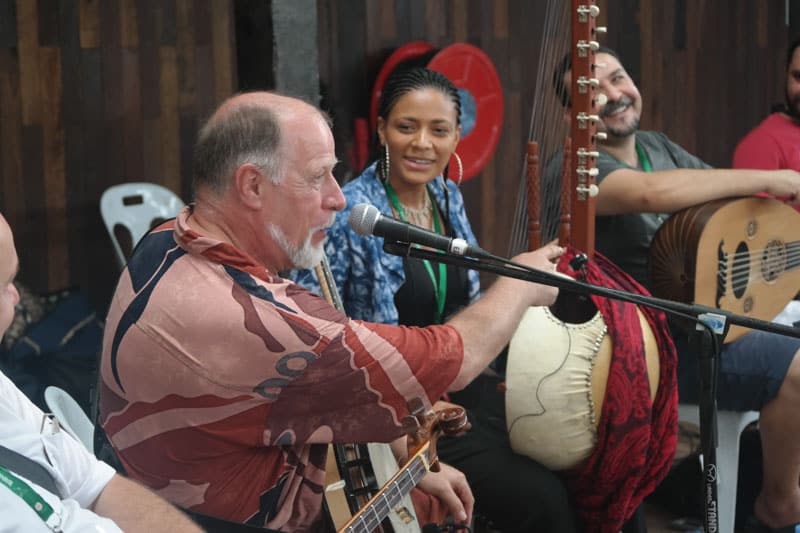
“Garry Finlayson: I should have sat on that side! This is not fair”
The beautiful Sona Jobarteh plays the Kora, a 21-stringed African harp that is of great significance to the Mandling peoples of West Africa. The instrument belongs exclusively to the Griot families of West Africa, who pass on the tradition of playing the Kora exclusively from father to son. Sona Jobarteh breaks this tradition by becoming the first female Kora virtuoso. However it must be noted that during the workshop, Sona said she sees herself as a passionate Kora player, not specifically a female kora player. That won the crowd over too.

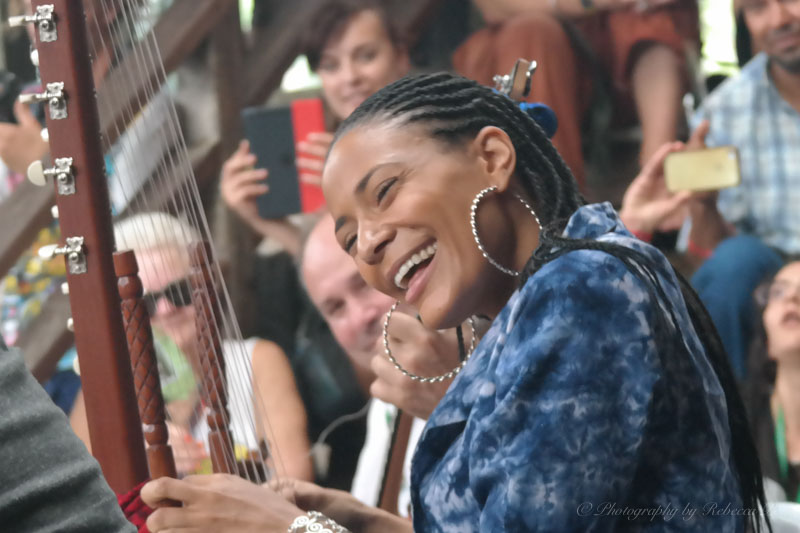
Sidenote: A few of us were gushing about what a beautiful being she is when she walked by us. That amplified of course when we heard her music. I think I may have a girl crush on her!
3) EPI from Mongolia (Theatre Performance)
Vocal acrobatics. Just wow. I am willing to bet everyone who first hears his ‘singing’ will have to pick their jaw back up off the floor. I’ve never heard anything like it – he goes the full vocal range and makes some remarkable sounds sans instrument.
Enkh Jargal Dandarvaanchig (Epi) is a cheerful man from a little village in Ulaanbaatar (Mongolia). Passionate about keeping traditional Mongolian music traditions alive, Epi started young in learning music tied closely to the nomadic way of life of the Mongolian people. Since then, he has travelled lots and developed remarkable skills in improvising, to marry Mongolian folk music with modern music and music from different cultures.
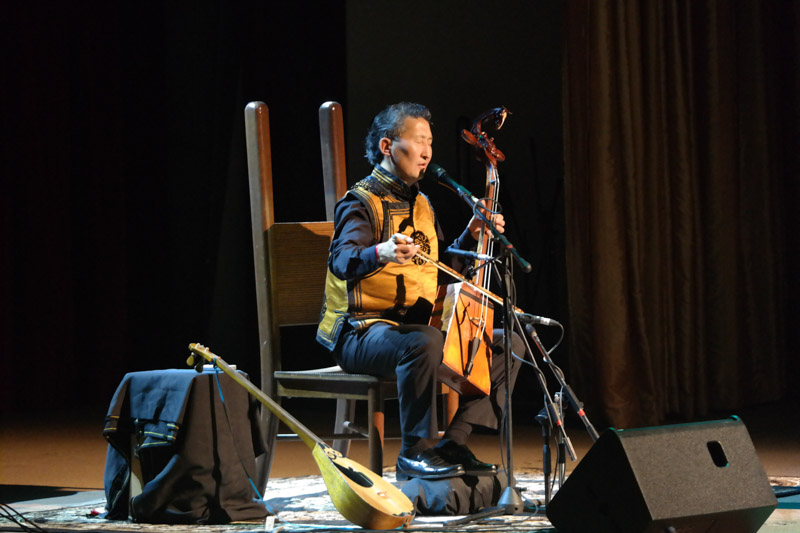
You will have to hear his voice to understand why I find this ‘Choomie’ singing so fascinating.
Epi also plays a mean Moorin Hoor (Horsefiddle). Played slowly, its beautiful and haunting. You can imagine the sound carrying slowly across the mountain. And when he goes fast, the image that came to mind was that of fast horses racing through a desert. It’s pretty amazing when unfamiliar music from an unfamiliar musician can make you feel so much.
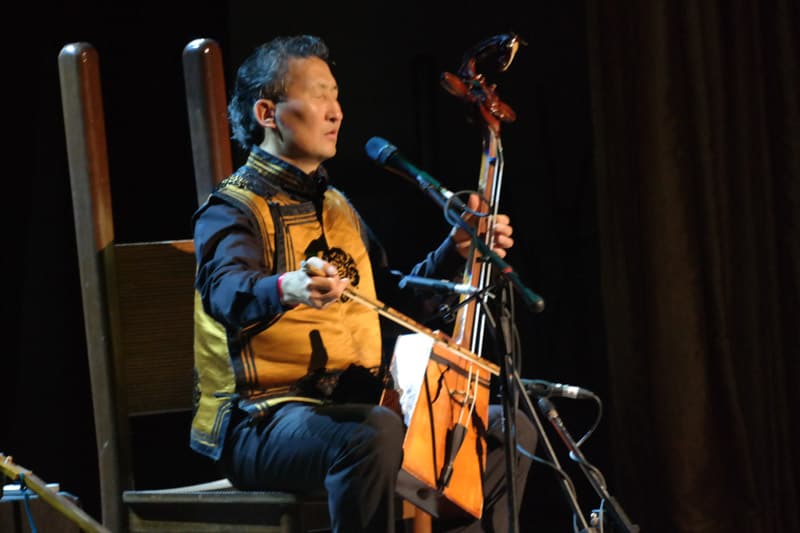
On Day 3, there was an amazing workshop featuring the singers from different groups. Watch this video snippet from this workshop that brought together 2 of my favourites – Epi and Sona – plus several other talented vocalists from Scotland, France/Ethiopia, Taiwan, Sarawak, Reunion Island, Penang and Maldives.
More Highlights
Same Same But Different. At one point in the night, 4 performers standing in different corners of the festival grounds demonstrated the traditional calling sounds they make in their region. A Swiss yodel to call across the mountains, for example, versus the “jodel” of the African Pygmy tribe which they describe as the change between the “voice of head and of the breast”.
The distinct cultures and different home landscapes shape these sounds to be quite different. Yet it was remarkable to hear some similarities in the reverberating cries. I found Ndima’s jodel to be especially beautiful.
The Pygmies of Congo. There was a definite sense of ‘indigenous’ from this group. They were for instance not quick to smile. However, their workshops and performances were all incredibly interesting. The members of Ndima (Congo) represent the culture of their endangered African tribe, bringing with them the enchanting Pygmy jodel, mouth harp and rhythmic dance. During their workshop, the ladies of Ndima surprised the crowd by taking everyone out to the pond. There they walked into the water and made music using the movements of their arms against the surface of the water. How fascinating!
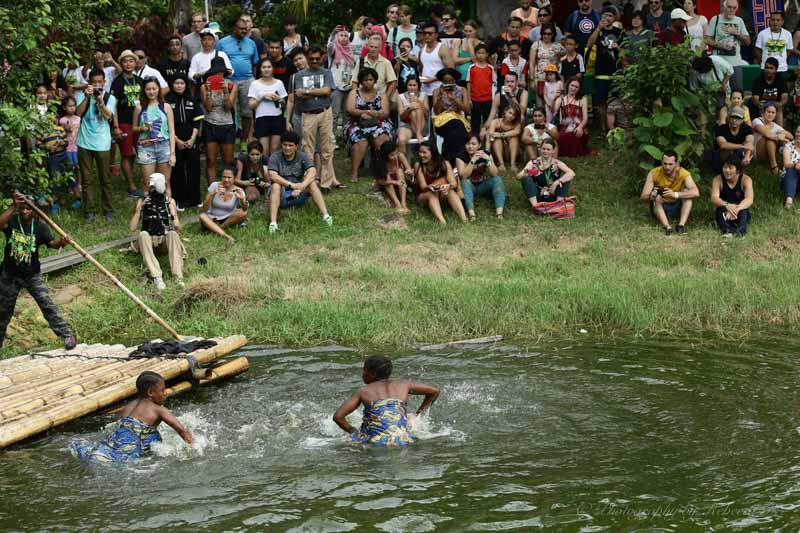
Joget Workshops. The dance workshops were really fun as the audience gets to jump in on all the fun. On Day 1, the Chakunchak workshop got the audience up off the straw mats to learn the Malay joget dance. Soon everyone was in good soirits doing the joget in a moving circle.
A similar scene played out at the ‘Children of the Rainforest’ workshop, led by the amazing Sarawak musician Lan E Tuyang. Described as a ‘rare meeting across continents’, the Pygmies (Congo), the Orang Asli (Peninsular Malaysia) and the Orang Ulu (Sarawak) combined the sounds of their traditional instruments to create an inviting rhythm. It got the audience up on their feet dancing together across all age groups and nationalities.
One of the Best Music Festivals in the World
I met a few festival regulars who swear RWMF gets better every year. These guys are very familiar with the international music festival circuit and they said the Sarawak music festival is one of the best festivals and among their absolute favourites. I can totally understand why! Add my name to the list of fans.
I have to add that I found one thing particularly beautiful. It was how the musicians would read each other’s faces in the collaborative workshops, to improvise and create music together on the spot with their myriad of instruments. No rehearsal, they just looked at each other and understood when to strum fast and when to taper off. There’s something almost sacred in that way musicians communicate, as if no words are necessary. They barely knew each other but in these moments you could see how their music connected, and that was a beautiful (and melodic) celebration of the shared human spirit.
Here are a few pictures of my time in the festival, with some of the great people I met including a Bornean tribesman who was candid enough to give me a few poses. You’ll spot a few Sarawak tattoos on him. I got a temporary airbrush tattoo of a beautiful Sarawak design myself which was a really nice way of taking the festival with me for a while. FYI they also do real tattoos at the festival — both regular inking and the more painful but meaningful traditional method of tattooing.
About Kuching, Sarawak
The Rainforest World Music Festival is held in Kuching, Sarawak which is located on the island of Borneo. It is part of Malaysia.
‘Kuching’ means cat in Malay so the cat is a symbol you’ll find peppered everywhere. Why Kuching? The most commonly accepted story behind the naming has to do with the abundance of ‘mata kuching’ trees growing near the Sarawak River back in the day. ‘Mata kuching’ means ‘eye of the cat’, because the fruit from the lychee family resembles a cat’s eye.
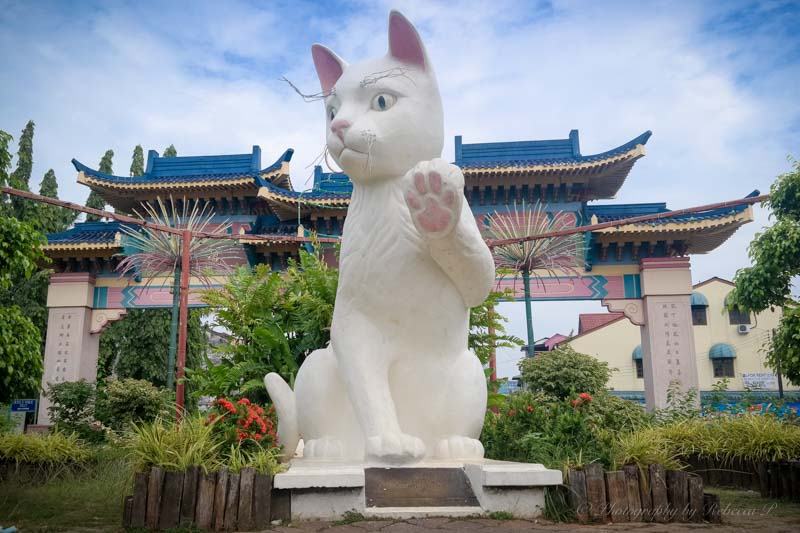
Kuching has a small population of about 650,000 and there’s a certain friendly, warm feel to the place. Sarawak is famous for its national parks, wildlife including the proboscis monkey and orang utan, Mount Santubong and Gulung Mulu National Park (UNESCO Heritage site), and the distinct surviving culture of its native tribes.
The indigenous people of Borneo, plenty of whom can be found in Sarawak, are known collectively as the Dayak. There are many tribes within the Dayak including the Iban, Bidayuh, Orang Ulu and Melanau to name a few. About 15% of them still live a very traditional agricultural lifestyle in longhouses today. Though the rest of the native population lead modern lifestyles, they still identify with their specific tribe and dialect.
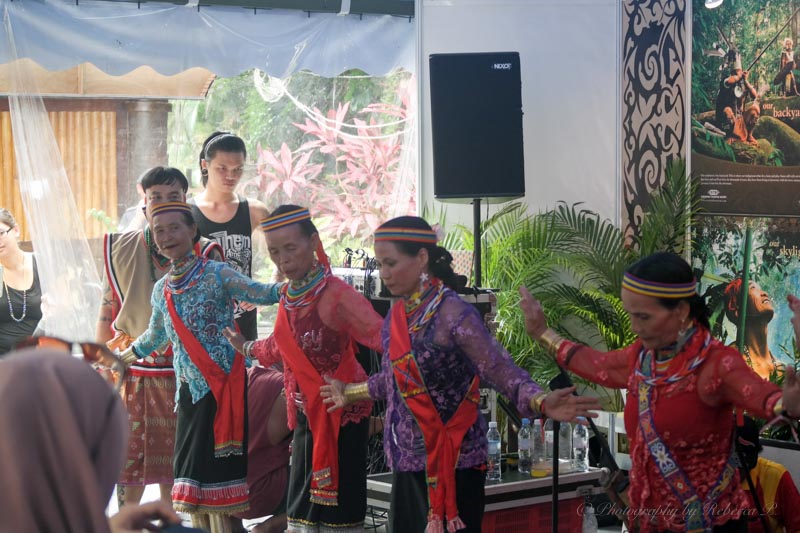
Bidayuh Copper Ring Ladies
Intricate beadwork, traditional tattoos and weaving beautiful baskets out of natural materials collected from the forests are some of the outstanding unique traditional crafts the people of Borneo are known for.
You can get to Kuching via flights to Kuching Airport (KCH).
Image Credits: Rebecca, Sarawak Tourism Board
